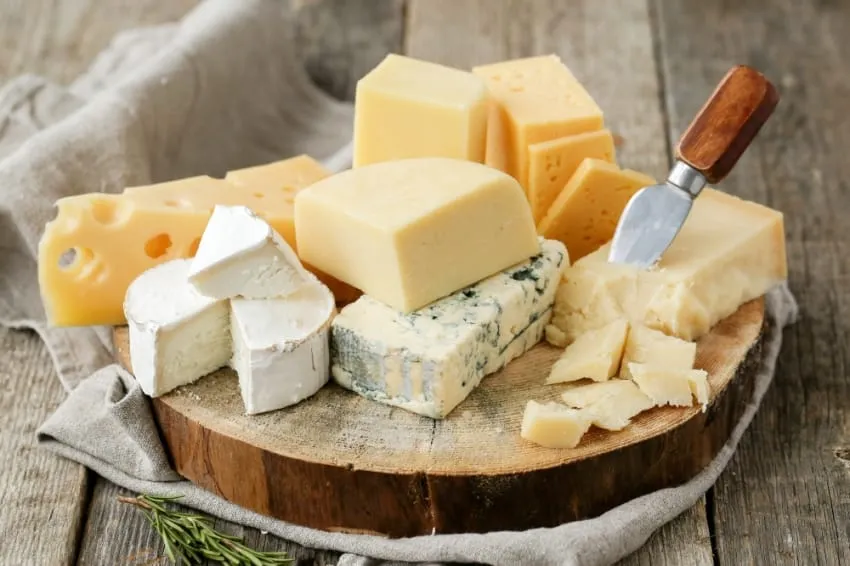Masgonzola: How to Enjoy This Flavorful Cheese
When we talk about cheeses that stand out in the culinary world, blue-veined varieties always attract attention for their bold flavor and unique appearance. Among these, Masgonzola is a name that often intrigues food lovers. Although it is sometimes mistaken for Gorgonzola, Masgonzola has developed its own identity through creativity, fusion, and cultural adaptation.
In this guide, we will cover everything you need to know about Masgonzola—its origins, characteristics, health benefits, recipes, and why it is becoming a modern favorite among chefs and cheese enthusiasts alike.
What is Masgonzola?
Masgonzola is often described as a reinterpretation or creative variant of the world-famous Gorgonzola cheese. While Gorgonzola has roots in Italy dating back centuries, Masgonzola is an umbrella term used for artisan or experimental versions of blue-veined cheeses that mimic or expand on traditional Gorgonzola flavors.
It is:
- A creamy, mold-ripened cheese often made from cow’s milk.
- A fusion concept in cooking, blending gorgonzola with other cheeses.
- A culinary nickname used in gourmet recipes for modified gorgonzola-style cheeses.
This flexibility makes Masgonzola both mysterious and versatile.
Origins and History of Masgonzola
To understand Masgonzola, one must first look at the heritage of Gorgonzola.
- Gorgonzola’s Birthplace: The cheese originated in the town of Gorgonzola near Milan, Italy, in the 9th century.
- Spread Across Europe: By the Middle Ages, it had become one of the most sought-after blue cheeses.
- Protected Designation: Today, authentic Gorgonzola is a PDO (Protected Designation of Origin) cheese, meaning it must be made in specific Italian regions to carry the name.
Masgonzola entered the scene as a modern adaptation:
- Artisan cheesemakers outside Italy created similar cheeses, often using local milk varieties.
- Some food cultures began mixing gorgonzola with mascarpone or other cheeses, leading to hybrid versions sometimes referred to as Masgonzola.
- Restaurants coined the term for innovative recipes where the strong taste of gorgonzola was softened or reimagined.
Characteristics of Masgonzola
Flavor Profile
Masgonzola is celebrated for its rich and layered flavors:
- Mild to strong tanginess, depending on aging.
- Earthy and nutty notes.
- A creamy, sometimes buttery mouthfeel.
- Blue-green veins running through the cheese, creating sharp bursts of flavor.
Texture
- Young Masgonzola: Soft, creamy, and spreadable.
- Aged Masgonzola: Firmer, crumbly, and more intense.
Types of Masgonzola
Like Gorgonzola, Masgonzola can be divided into categories based on aging and production:
- Masgonzola Dolce (Sweet)
- Softer and creamier.
- Mild, slightly sweet flavor.
- Perfect for sauces and spreads.
- Masgonzola Piccante (Spicy/Sharp)
- Aged longer for stronger taste.
- Crumbly texture.
- Excellent for bold-flavored dishes.
- Fusion Masgonzola
- A blend of gorgonzola with other cheeses such as mascarpone, brie, or cheddar.
- Created for unique recipes and modern cuisine.
Culinary Uses of Masgonzola
In Traditional Dishes
Masgonzola can be used much like Gorgonzola:
- Risotto al Masgonzola – creamy Italian risotto infused with the cheese.
- Masgonzola Pasta Sauce – melted into cream for rich pasta dishes.
- Masgonzola Pizza – paired with pears, figs, or caramelized onions.
In Modern Recipes
Chefs experiment with Masgonzola in:
- Gourmet burgers.
- Mashed potatoes with Masgonzola.
- Stuffed chicken breasts.
- Masgonzola cheesecakes (savory).
Pairings
- Wines: Barolo, Chianti, Sauvignon Blanc.
- Fruits: Pears, apples, figs, grapes.
- Condiments: Honey, balsamic glaze, truffle oil.
Health Benefits of Masgonzola
While indulgent, Masgonzola has nutritional value:
- Rich in calcium – boosts bone health.
- Protein-packed – helps muscle growth and repair.
- Contains probiotics – supports gut health.
- Vitamin B complex – enhances brain and nerve function.
⚠️ Note: It is also high in fat and sodium, so moderation is key.
How to Store Masgonzola
To enjoy Masgonzola at its best:
- Wrap it in wax paper and then plastic wrap.
- Store in the vegetable drawer of your fridge.
- Consume within 2–3 weeks of purchase.
- For longer storage, it can be frozen, but texture may change.
Masgonzola vs. Gorgonzola: The Key Differences
| Aspect | Gorgonzola | Masgonzola |
|---|---|---|
| Origin | Italy (PDO-protected) | Global adaptations |
| Flavor | Authentic strong taste | Can be milder or blended |
| Texture | Dolce (soft) or Piccante | Wider range, including hybrids |
| Use | Traditional Italian dishes | Fusion, experimental cuisine |
Global Popularity of Masgonzola
Masgonzola has spread beyond Italy thanks to:
- Artisan cheesemakers in Europe and North America.
- Food bloggers and chefs experimenting with fusion cuisine.
- Restaurants using it as a gourmet alternative to standard blue cheeses.
Frequently Asked Questions (FAQs)
1. Is Masgonzola the same as Gorgonzola?
No, Gorgonzola is the authentic Italian cheese, while Masgonzola refers to variations or adaptations inspired by it.
2. Can lactose-intolerant people eat Masgonzola?
Many aged cheeses, including blue varieties, have lower lactose, but sensitivity varies. Always check with a doctor.
3. How do I know if Masgonzola has gone bad?
If it develops an ammonia smell, slimy texture, or unusual mold colors, it should be discarded.
4. Is Masgonzola vegetarian-friendly?
Traditional gorgonzola uses animal rennet, but some Masgonzola variants may use vegetarian rennet. Always check the label.
Conclusion
Masgonzola represents the evolution of traditional cheese-making. Inspired by Italy’s legendary Gorgonzola, it has found a space in modern kitchens as both a heritage product and a creative reinterpretation.
From creamy pastas to bold cheese boards, Masgonzola offers richness, versatility, and cultural depth. Whether you’re a seasoned foodie or simply curious, exploring Masgonzola is a journey into the balance of tradition and innovation.





